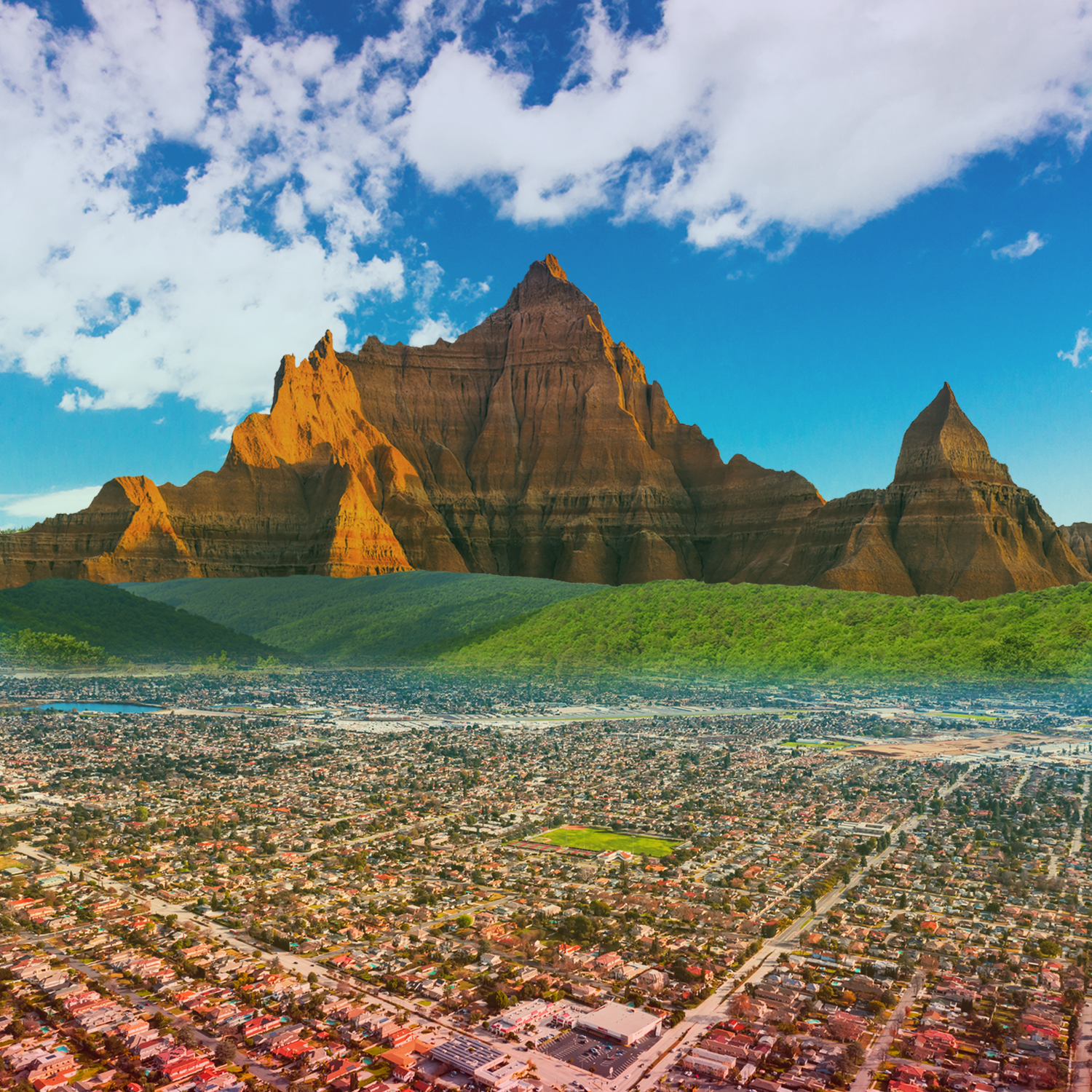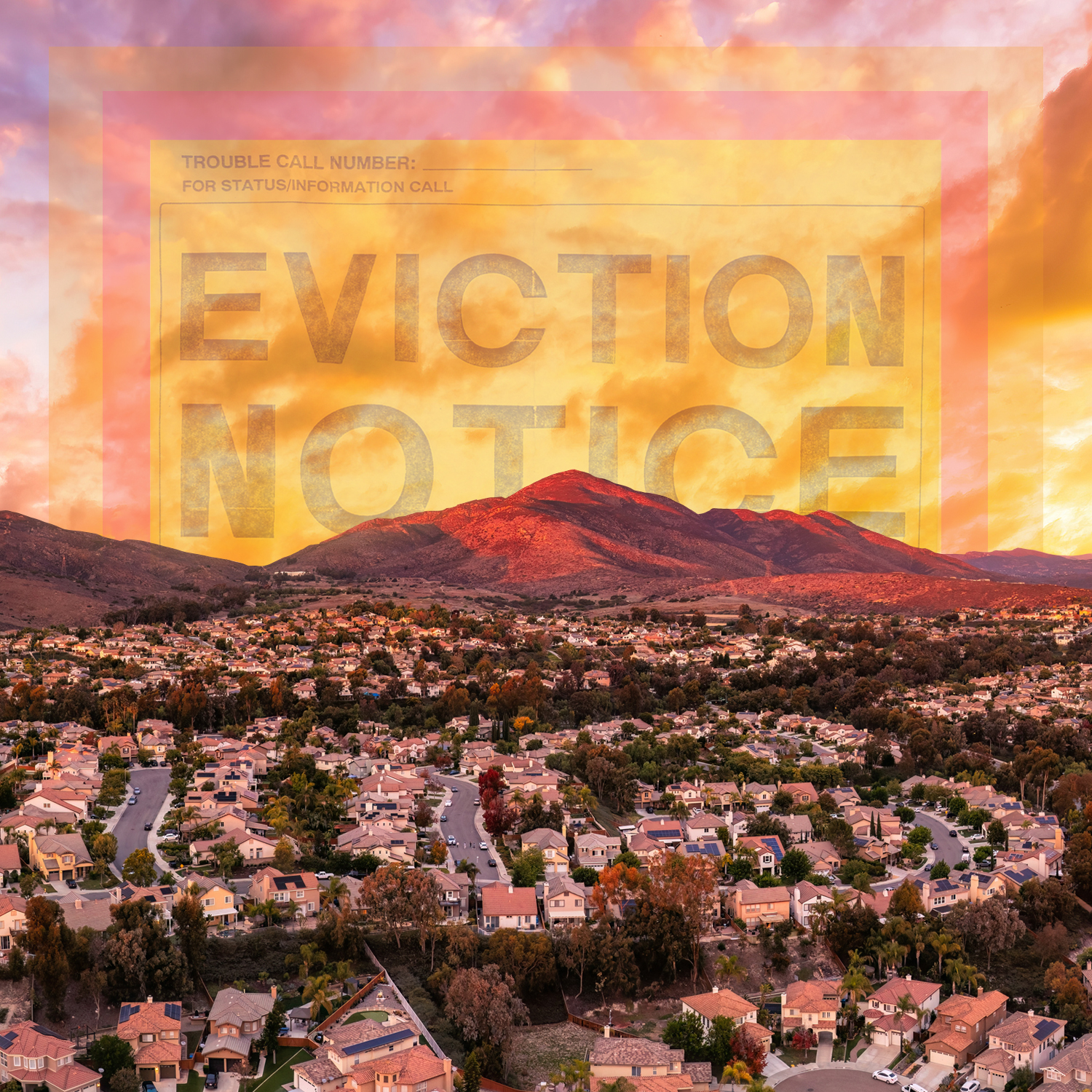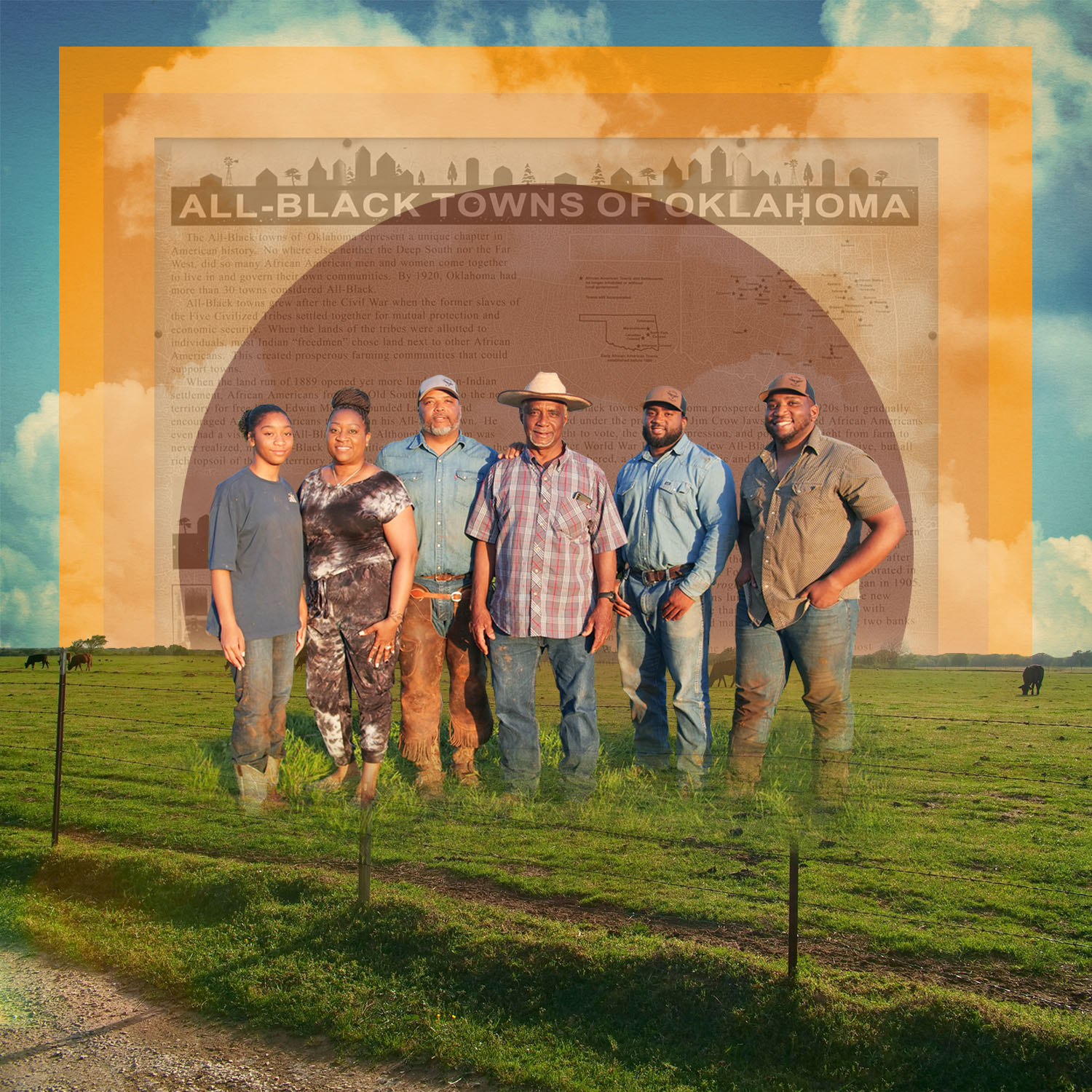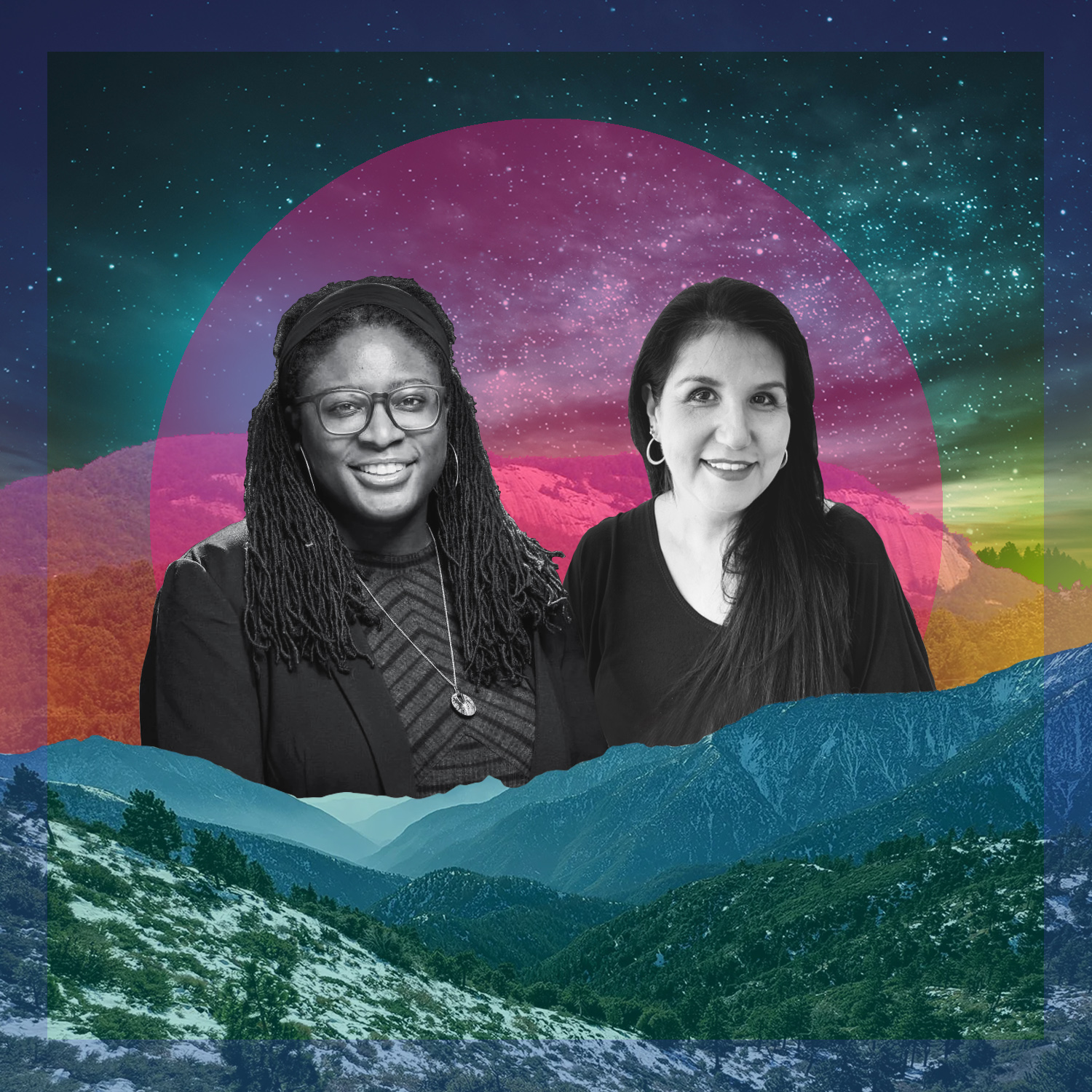00:00:00 / 00:00:00
Plot of Land is a podcast mini-series from Monument Lab that explores how land ownership and housing in the United States have been shaped by the entrenched interplay of power, public memory, and privatization. We believe that to build the future we deserve, there must be a radical change in our approaches to policy and practice. Join us to remap and rethink land ownership today.
Play the trailer
Credits
Plot of Land is a production of Monument Lab, with support from the Ford Foundation.
- Project LeadSue Mobley
- Project ManagementNick Jenisch
- Executive ProducerJordy Yager
- Editor/Reporter-ProducerMelissa Fundira
- Reporter-ProducersAnya Groner, Jameela Hammond, Katherine Nagasawa, Mark Nieto, and Irina Zhorov
- Sound EngineerMark Nieto
- Art DirectorLi Sumpter
- DesignerEmma Yip
- Digital IllustrationMer Young
- Senior Historical Advisor and EditorThomas J. Adams
- Plot of Land AdvisorsFallon Aidoo, Jane Patton, Colleen McHugh, Bryan C. Lee, Joshua Lewis, Margee Green, Malik Bartholomew, and Shana griffin
- Monument Lab TeamKareal Amenumey, Corina Chang, Jen Cleary, Paul Farber, Kristen Giannantonio, William Hodgson, Florie Hutchinson, Dina Paola Rodriguez, Aubree Penney, Nico Rodriguez, and Naima Murphy Salcido
- CommunicationsCorina Chang, Florie Hutchinson, and Dina Paola Rodriguez
- Monument Lab Board of DirectorsLola Bakare (Secretary), Ellery Roberts Biddle, Amari Johnson, Monica O. Montgomery (Vice Chair), Stephan Nicoleau (Treasurer), Michelle Angela Ortiz, Samala, Kirk Savage, and Tiffany Tavarez (Chair)
- Programmatic PartnersThe Albert and Tina Small Center for Collaborative Design
- Major support for Plot of Land has been provided by the Ford Foundation

Monument Lab, a nonprofit public art and history studio based in Philadelphia, is among the country’s leading voices making generational change in how monuments live in public. Founded in 2012, Monument Lab cultivates and facilitates critical conversations around the past, present, and future of monuments.







